
In today’s technology-driven business reality, organizations are increasingly turning to various types of IT managed services to enhance operational efficiency, improve security, and focus on core functions. According to recent information from Fortune Business Insights, the global managed services market is projected to grow from USD 297.20 billion in 2024 to USD 878.71 billion by 2032, exhibiting a CAGR of 14.5% during the forecast period. This significant growth in numbers demonstrates the essential role that managed IT services have come to play in modern business strategies.
In this article, we will put the spotlight on four core types of IT managed services that support operational efficiency, scalability, business continuity, and security. Understanding these fundamental services will help you determine your specific needs more easily, evaluate the availability of options correctly, and choose the one that best matches your business scenario.
Exploring 4 Core Managed IT Services Types
Helpdesk & Support Services
Overview:
Helpdesk and support services are essential managed IT services designed to provide fast and efficient assistance to users facing technical issues, related to software systems or applications. These services operate as the first line of support, offering troubleshooting, ticket management, and resolution of common IT problems that can disrupt workflows.
Key Functions:
Helpdesk and support services focus on resolving user issues swiftly and efficiently. Core functions include ticket management and issue tracking, technical troubleshooting and problem resolution, escalation management for complex cases, system and application support, user assistance and guidance, documentation development and maintenance, monitoring and reporting of service metrics, and proactive system monitoring and maintenance.
Benefits:
- Enhanced User Experience
- Consistent, High-Quality Support
- Access to Skilled IT Professionals
- Improved Response and Resolution Times
- Proactive Issue Prevention
- Cost Savings and Predictable Expenses
- Comprehensive Reporting and Performance Metrics
Network Operations Center (NOC) – IT Monitoring & Maintenance
Overview:
A Network Operations Center (NOC) serves as the central hub for IT monitoring and maintenance, ensuring that a business IT infrastructure is running smoothly and securely. NOC teams proactively monitor networks, servers, and applications 24/7 to detect and address issues before they impact business operations. This includes real-time performance tracking, regular maintenance tasks like patch management, and swift response to potential disruptions. By providing proactive monitoring and routine maintenance, NOC services help prevent downtime, optimize system performance, and improve overall network health, allowing businesses to focus on core activities without worrying about IT interruptions.
Key Functions:
The NOC ensures the continuous health and performance of your IT infrastructure, proactively detecting and addressing issues. Key functions include 24/7 monitoring of networks, servers, and applications, efficient escalations for critical issues, root cause analysis (RCA) for recurring problems, comprehensive reporting on network health, implementation of standardized procedures, and service management to maintain alignment with SLAs and organizational goals.
Benefits:
- Improved Network Reliability and Uptime
- Enhanced Security and Threat Detection
- Faster Issue Resolution
- Proactive Maintenance
- Informed Decision-Making with Detailed Reporting
- Resource Optimization
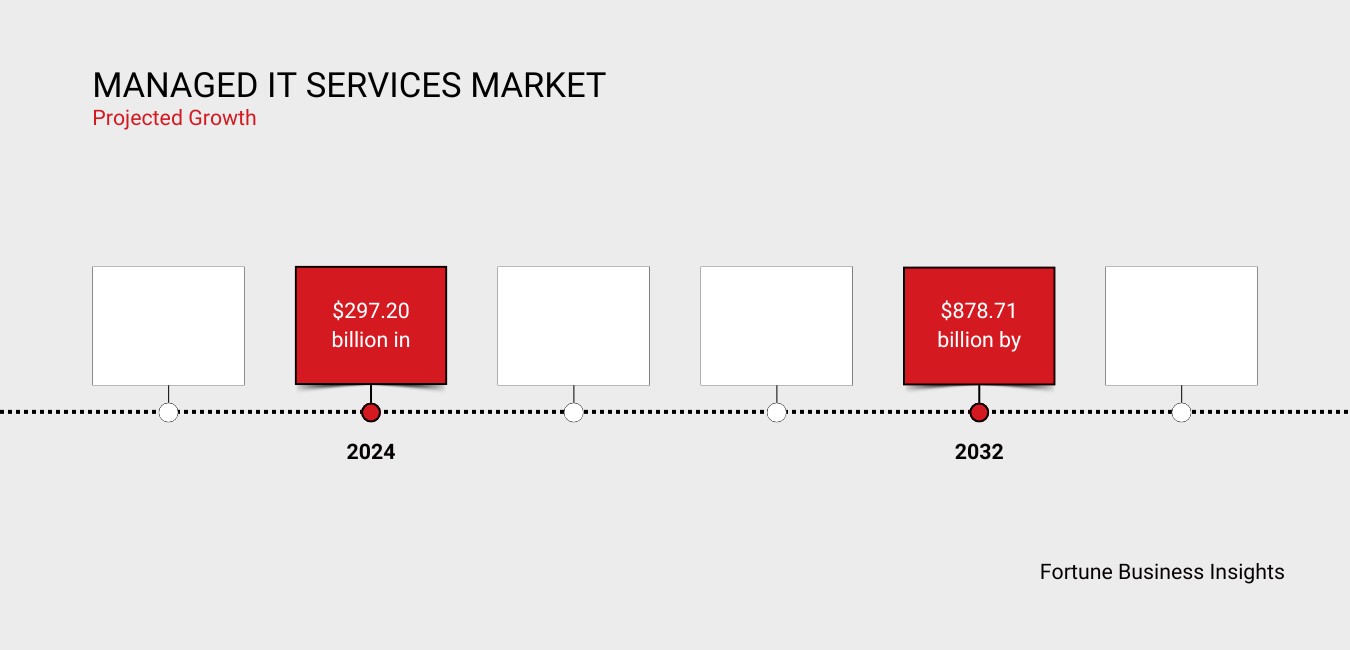
IT Infrastructure Management (On-Premises & Cloud), IaaS, Server, and Database Administration
Overview:
IT infrastructure management provides a comprehensive oversight of an organization’s IT environment, including on-premises and cloud-based systems, as well as Infrastructure as a Service (IaaS) solutions. This service involves managing servers, databases, and network infrastructure to ensure optimal performance and reliability. Through proactive monitoring, routine maintenance, and regular updates, such a solution supports seamless IT operations and minimizes disruptions. By overseeing both hardware and cloud environments, the service allows businesses to adapt to changing demands, maintain data integrity, and ensure that IT resources align with business objectives for smooth and efficient operations.
Key Functions:
IT Infrastructure Management keeps your on-premises and cloud environments secure and efficient. This includes infrastructure monitoring and optimization, server and database administration, IaaS management, backup and disaster recovery planning, security and compliance management, patch management and software updates, and detailed documentation and reporting on infrastructure performance.
Benefits:
- Increased Reliability and Uptime
- Scalability to Meet Business Demands
- Enhanced Data Security and Compliance
- Improved Performance and Efficiency
- Reduced Downtime and Faster Recovery
- Informed Decision-Making with Comprehensive Reporting
Cybersecurity Management
Overview:
Cybersecurity Management is a comprehensive service focused on protecting an organization’s digital assets, data, and IT infrastructure from cyber threats. This includes monitoring for potential risks, detecting and responding to incidents, and implementing preventive measures like firewalls, antivirus software, and access controls. Cybersecurity Management also involves regular assessments, vulnerability testing, and compliance checks to ensure that security protocols meet industry standards and regulatory requirements. By proactively managing security, organizations can safeguard sensitive information, prevent costly breaches, and maintain trust with clients and stakeholders.
Key Functions:
Cybersecurity Management provides comprehensive protection for your digital assets through proactive and ongoing measures. Key functions involve cybersecurity consultancy and tool selection, implementation and configuration of security solutions, ongoing security administration, vulnerability assessment, early threat detection, and implementation of preventive security measures to protect against emerging threats.
Benefits:
- Expert Guidance in Security Tool Selection
- Reduced Risk of Downtime and Business Disruptions
- Improved Protection Against Cyber Threats
- Efficient Implementation and Management of Security Solutions
- Enhanced Compliance and Best Practices
- Peace of Mind with Proactive Security Monitoring
In another article on our blog, we discuss the strategic benefits that managed services can bring to IT decision-makers.
Recap
Having an understanding of the specifics and benefits of these core managed IT services, you have made the first step towards evaluating the right types of IT managed services for your organization. As digitalization accelerates, businesses face the need to focus on their core functions amidst global IT resource shortages. In this landscape, managed services have become a valuable solution that enhances companies’ operational efficiency, reduces risks, and supports growth.
If you need help in assessing your current IT needs and determining which of these core services would best support your business, we encourage you to benefit from our free IT consultation offer.


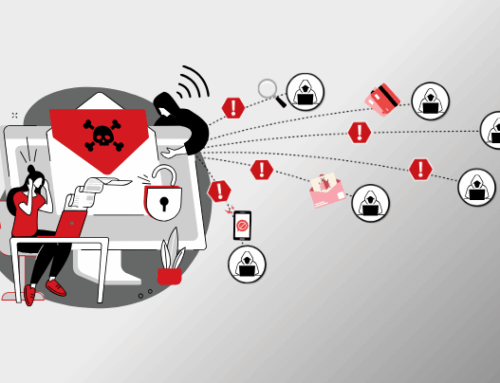
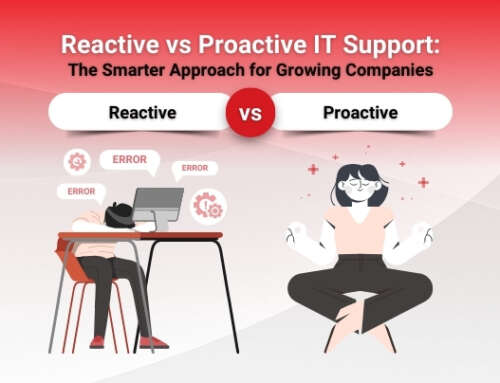
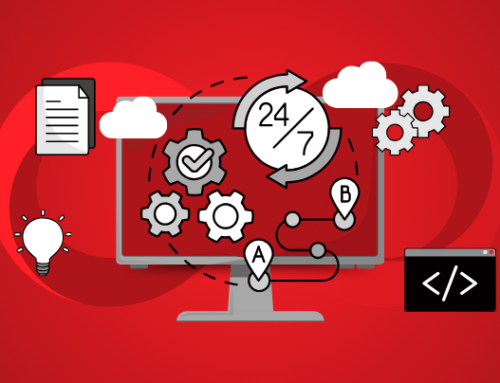
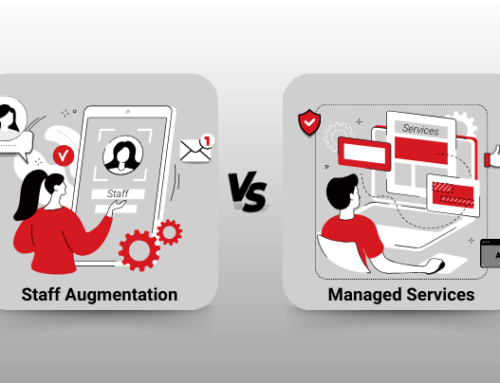
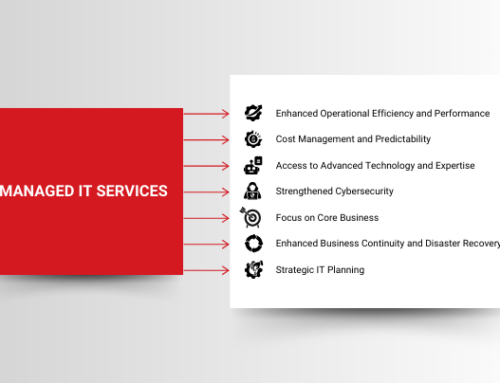


Leave A Comment